Light + Air
Team
Our specialists in the Light + Air group have been trained as engineers, physicists and designers. Most have joined the Practice as post-graduates and developed their skills in-house on projects requiring creativity, investigation and flair. Team members split their time between project work, research and teaching.
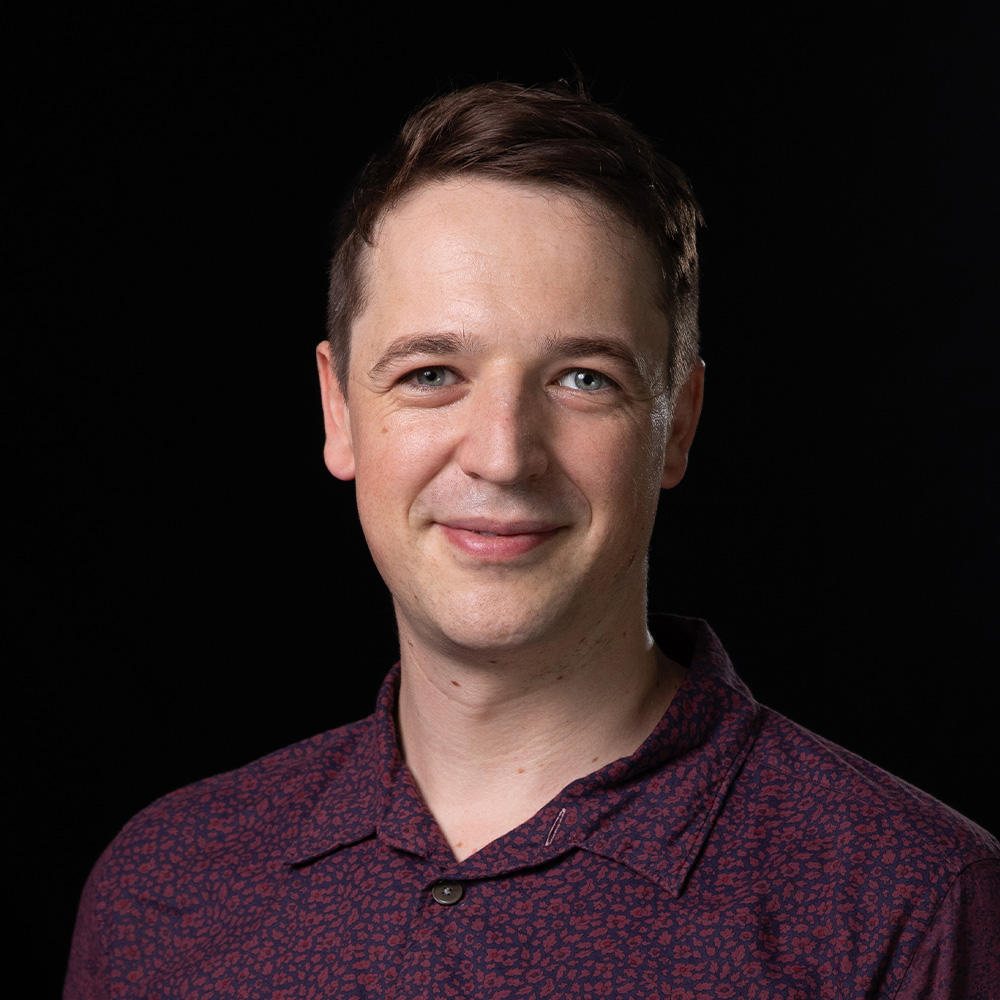
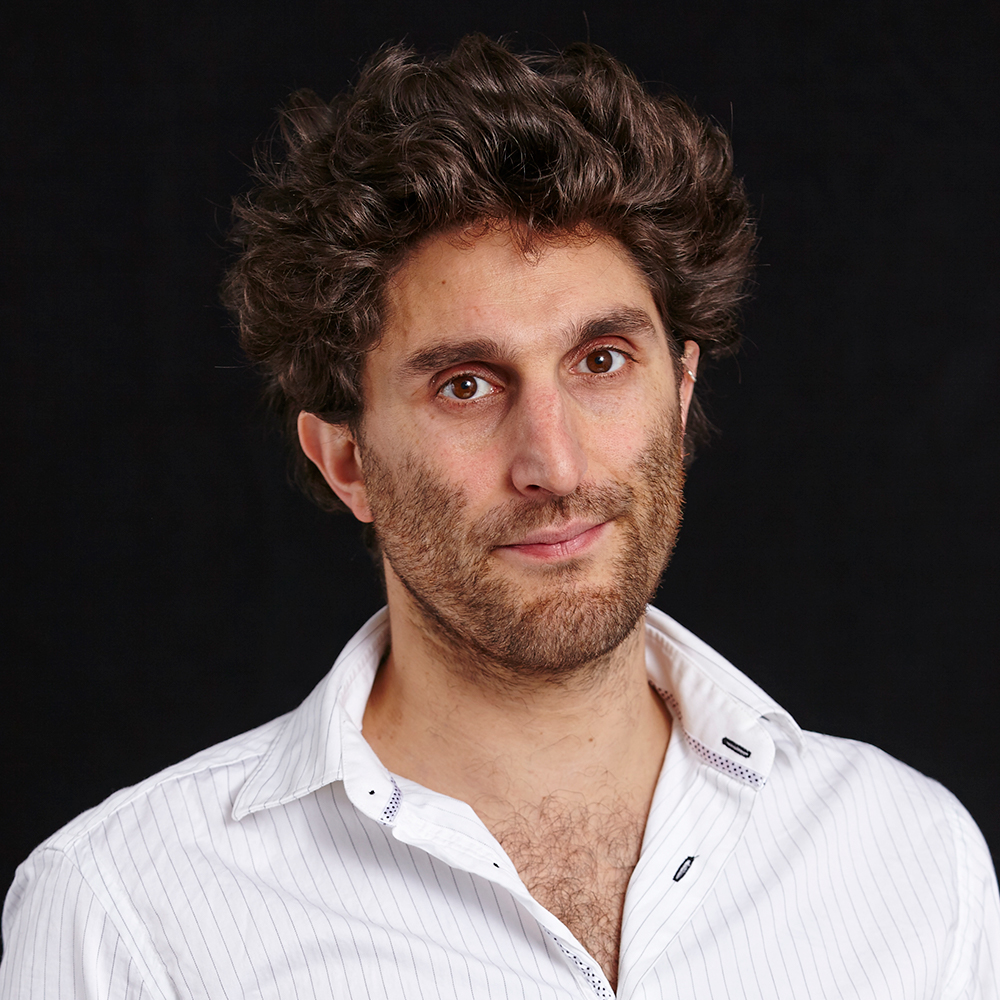
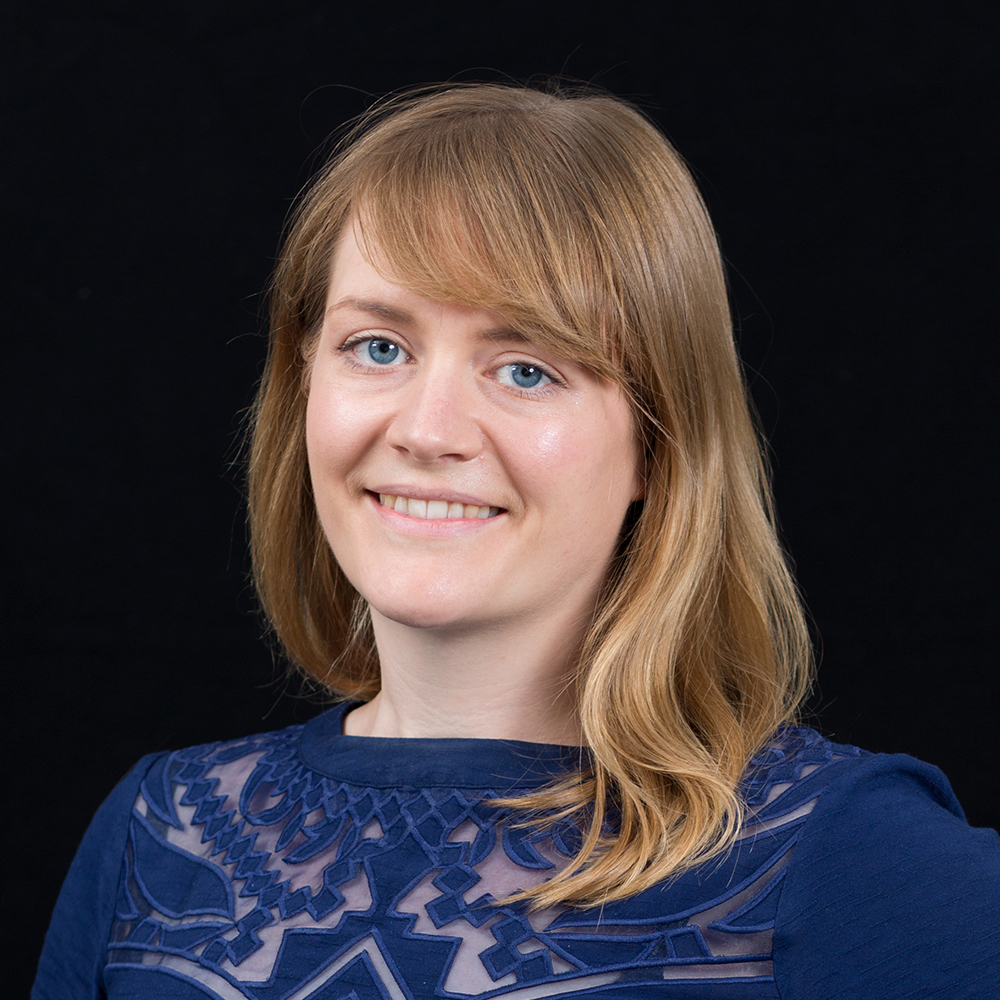
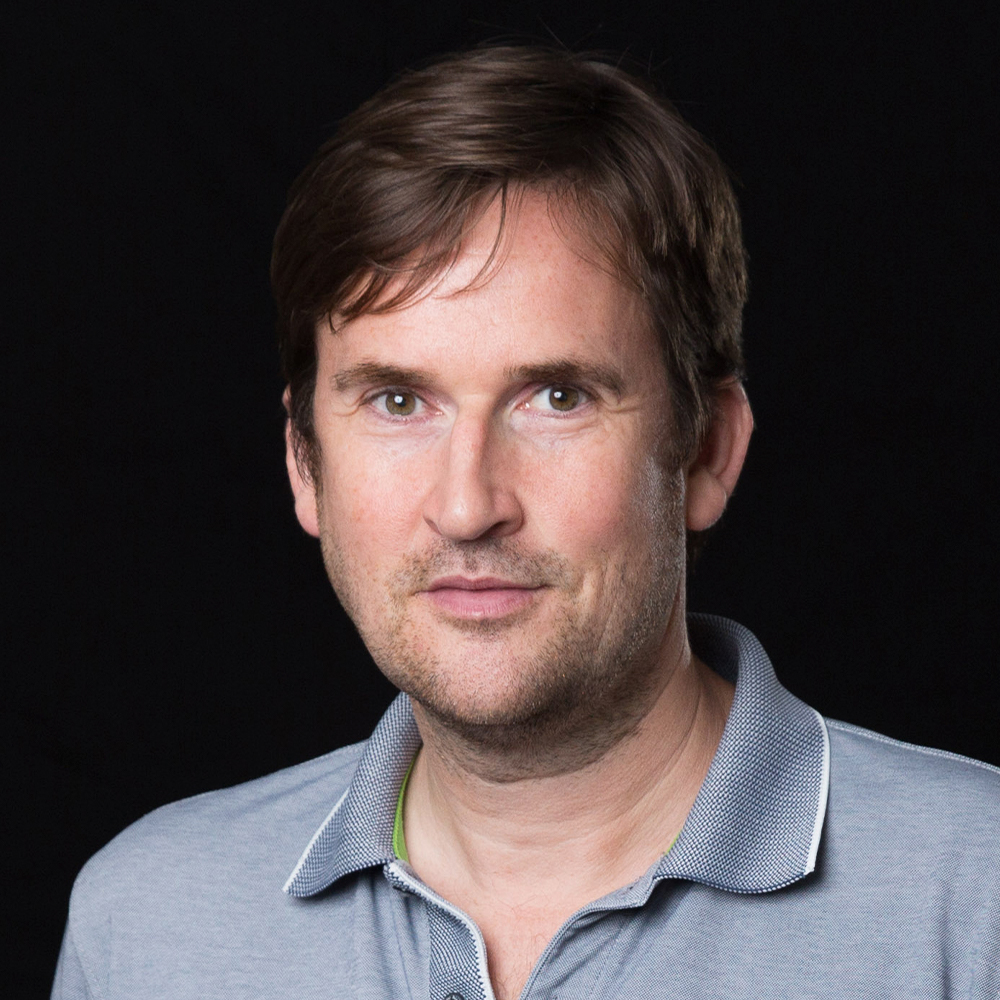

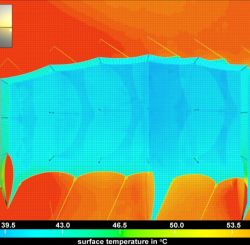
.jpg)